Cranial Nerves and Swallowing / Voice
by Karen Sheffler, MS, CCC-SLP, BCS-S of SwallowStudy.com
The cranial nerves look so beautiful exiting the brainstem in these pictures! Why do they have to be so hard to memorize? It is so important for Speech-Language Pathologists to understand the sensory and motor aspects of cranial nerves and swallowing, speech and voice function. The speech-language pathologist can contribute to the medical team’s differential diagnosis when a thorough sensory and motor cranial nerve examination provides critical findings.
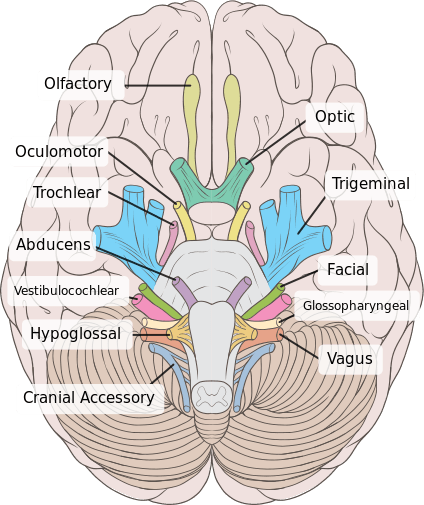
Inferior surface of brainstem with cranial nerves I through XII
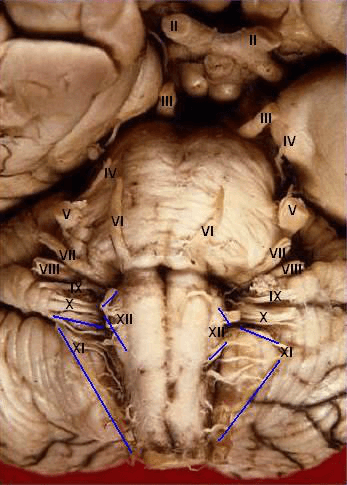
Inferior view of brainstem and cranial nerves
Do you need help studying the cranial nerves at school? Do you need a chart that you can keep on your clipboard at work?
CLICK HERE for a handy chart: Cranial Nerves with a Focus on Swallowing and Voice.
The Cranial Nerve chart is packed with the following information:
- Cranial nerve name and number,
- Nuclei and location in brainstem,
- Associated muscles,
- Sensory and/or Motor functions,
- How to test the cranial nerve, and
- Potential signs and symptoms if there is damage to the nerve.
Here are just a few of the complex pathways of the cranial nerves:
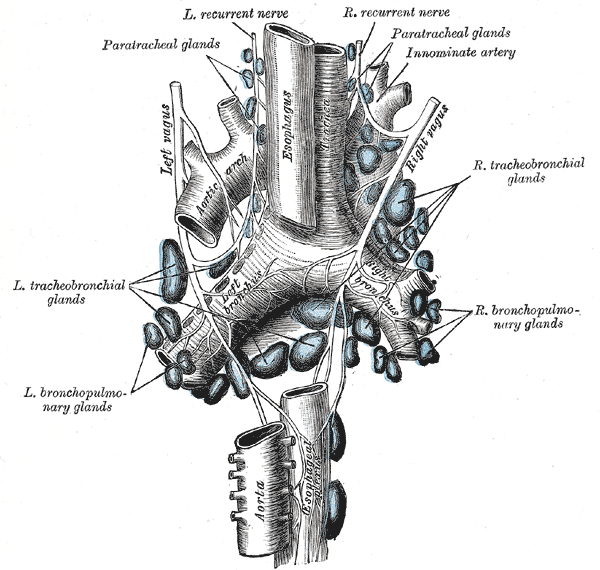
See the wandering vagus, especially the left side where the Recurrent Laryngeal Nerve (RLN) branch loops around aorta.
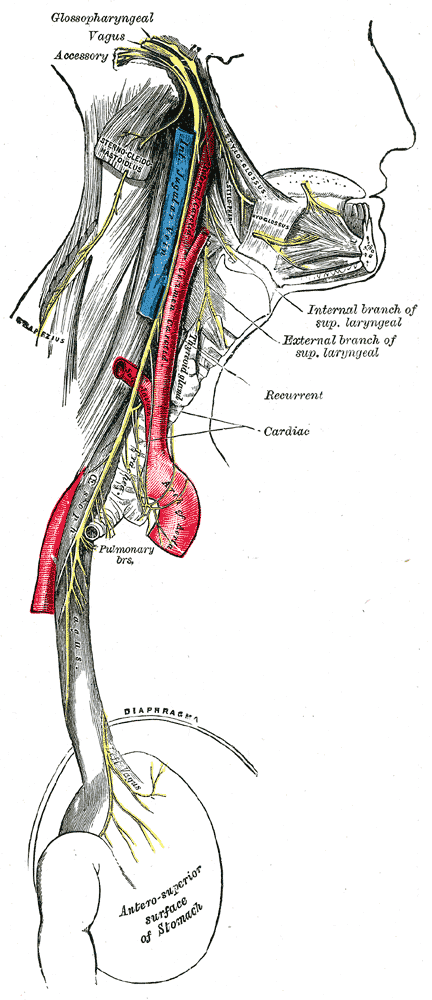
The lengthy traveling of the “wanderer” (Vagus nerve, CN X)
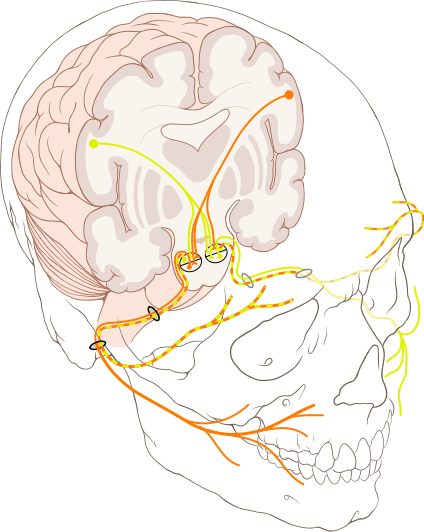
Pathways from cortex to contralateral nuclei in pons. The facial nerve (CN VII) then travels through internal acoustic meatus, through the facial canal, and through the stylomastoid foramen before branching off (simplified).
Love, R.J & Webb, W.G. (1996). Neurology for the speech-language pathologist (3rd ed.). Boston: Butterworth-
Heinemann. Groher, M.E. (1992). Dysphagia: Diagnosis and management (2nd ed.). Boston: Butterworth-Heinemann.
Fitzgerald, M.J.T. (1992). Neuroanatomy: Basic and clinical. London: Bailliere Tindall.
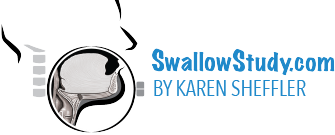

Thank you for this! I am preparing to apply for BCSS and this will be a good place to start studying!
Thanks